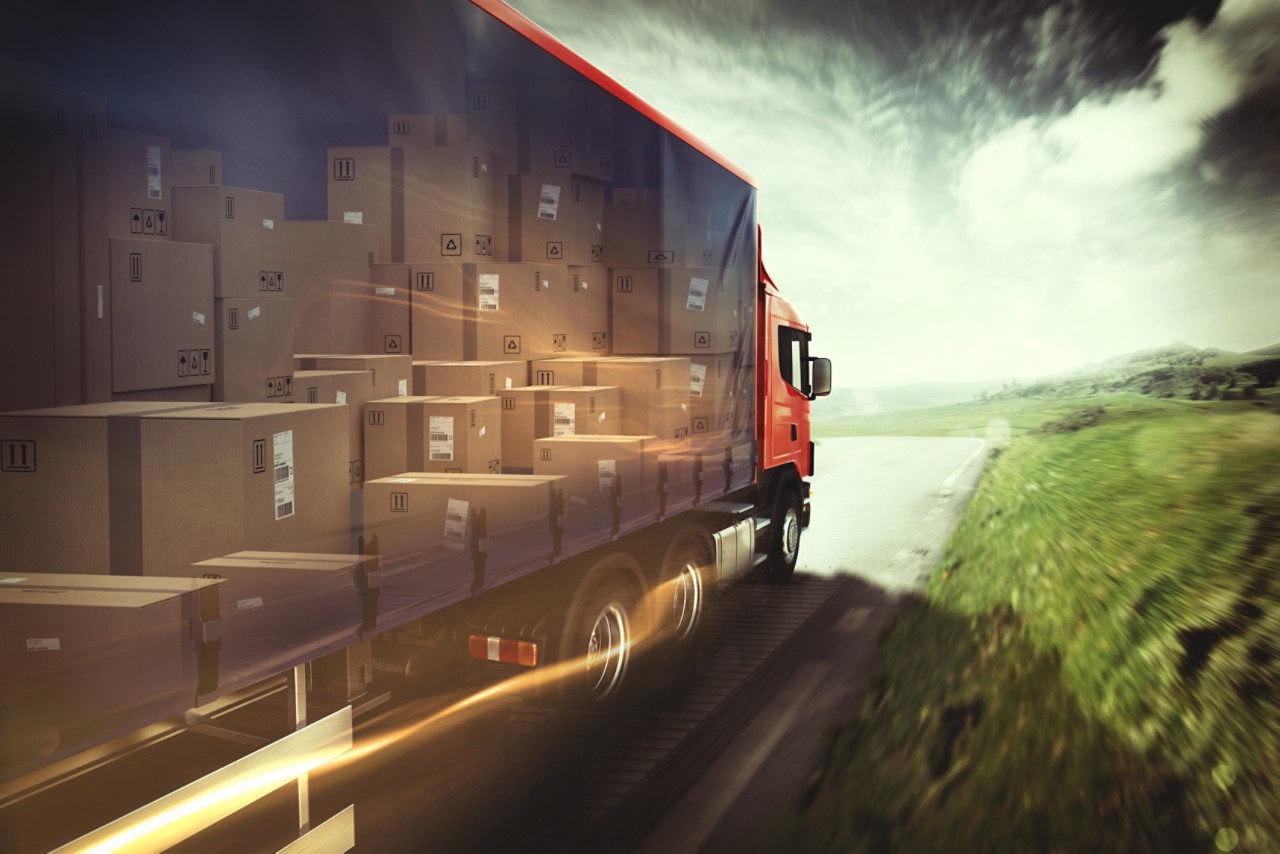As e-commerce continues to grow, the fulfillment process gets more complex. Shipping parcels instead of pallets can save you time, energy and money.
Manufacturers that are comfortable with palletized shipping may struggle with efficiency when dealing with individual parcels. Parcel shipping may be the key to keeping online consumers happy. However, individual product shipments create different kinds of damage risk and cost impact than traditional bulk shipments on pallets.
It’s essential for manufacturers to have optimized, efficient fulfillment plans in place now — or risk being left further behind. Whether you need to ship automotive parts, faucets, or electronics direct to consumers, if you’re looking to stay competitive and ahead of these new, e-commerce-fueled consumer trends, you may need to rethink your fulfillment strategy. That means taking a closer look at every step of the process, from package design and material selection to efficient ways for handling increased parcel volume and last-mile delivery.
Here are four signs it’s time your fulfillment operation should be optimized for efficient parcel shipping.
1. Your Damage Rates Have Increased — Parcels can’t be treated like pallets
When manufacturers don’t evaluate their packaging processes for parcel shipments, product integrity can suffer and damage rates can skyrocket. Ultimately, no matter what you ship, there are many factors that contribute to high damage rates, including too little (or too much!) packaging material, incorrect packaging material, and inexperienced or rushed packers.
The good news is that many of these factors are within your control. Sealed Air’s packaging engineers can test, design, and certify your packaging to meet ISTA and Amazon frustration-free packaging standards. This can help minimize or even eliminate damage.
2. Your Freight Costs are Rising
Changes in the way carriers determine freight costs (based on dimensional weight and not actual weight) mean that in order to minimize freight costs, your packaging processes and sometimes also materials need to change.
Don’t assume the packaging solutions that work for palletized shipments or previous freight cost calculations will continue to work when your fulfillment center needs to add the ability to package individual parcels. Packaging experts can help make sure you’re using the right packaging solution — which isn’t always a box — and even test it to certify its performance.
3. Customer Feedback Is Flat — or Complaints Are Coming More Frequently
For today’s consumer, the bare minimum is an expectation that an order will arrive on time and in perfect condition. But consumer expectations are steadily growing. To remain competitive, table stakes are things like order trackability, quick delivery, a look and amount of packaging that delights the consumer, sustainable packaging materials, and easy returns.
If your fulfillment practices and packaging materials aren’t meeting these criteria, you’re already behind. Fulfillment experts can help you speed up throughput and even custom print packaging to deliver an experience that thrills your customers.
4. Your Fulfillment Center Struggles to Keep Pace With Demand
Adding or updating your processes and equipment can be a big undertaking, but it’s likely that your operation can be optimized for parcel shipments with minimal downtime. Packaging experts can help add parcel packaging to your existing fulfillment operation with solutions that can easily integrate with your existing lines for minimal disruption — no matter your setup. Your operation may just need adjustments or reconfigurations to maximize efficiency.



